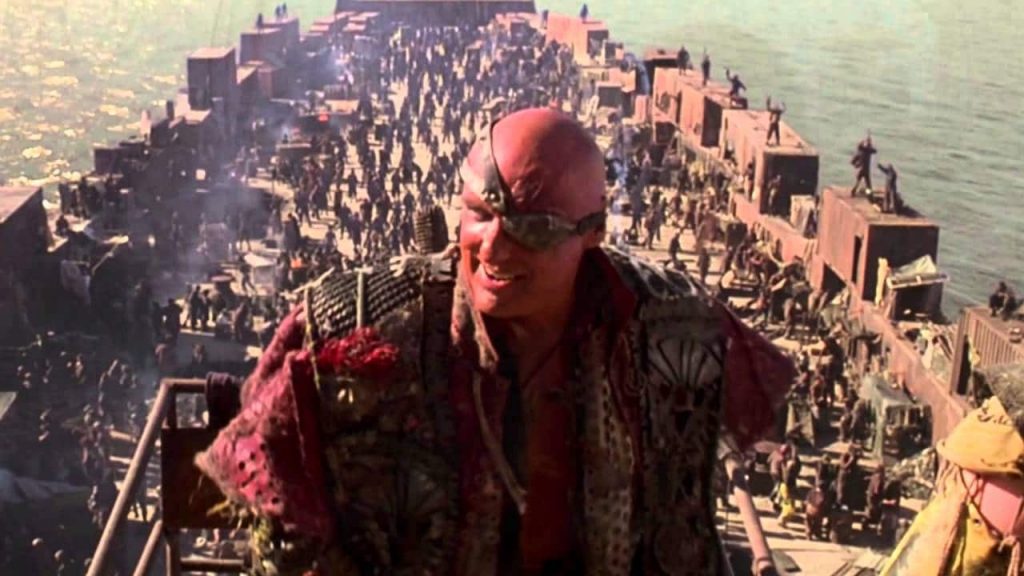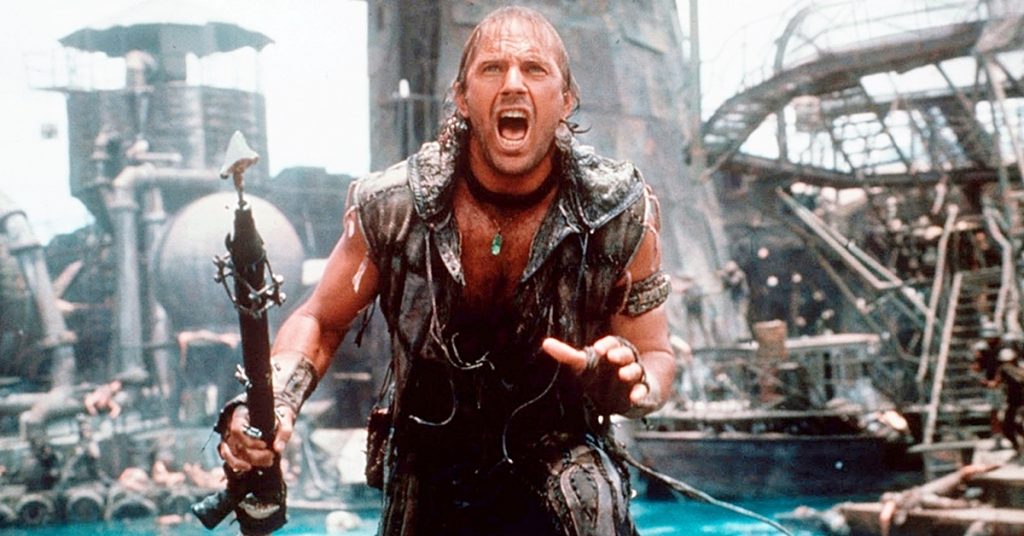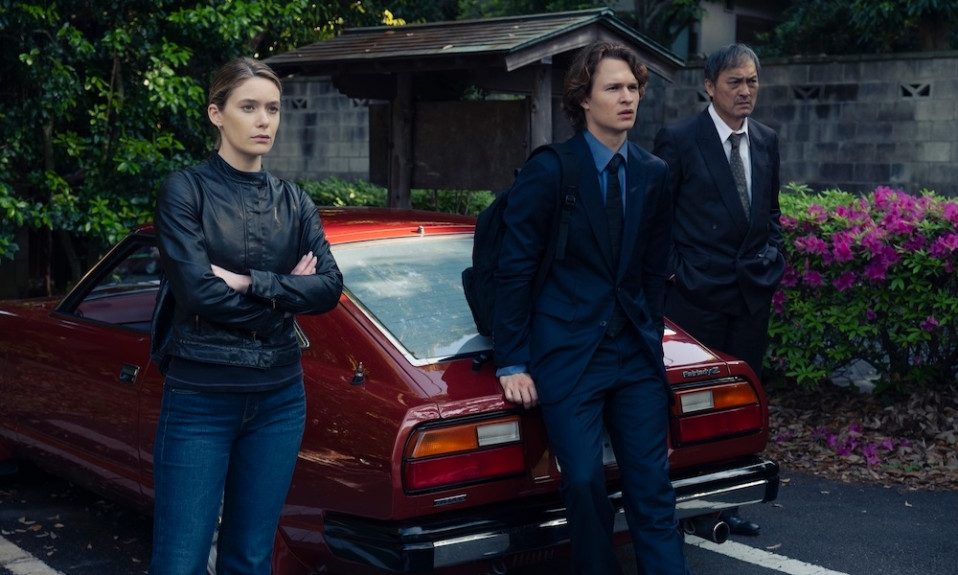Everyone knows Waterworld. The Kevin Costner post-apocalyptic action film has gained a reputation as one of the most expensive flops in history.
Waterworld also earned many lukewarm reviews. Currently, it sits at 46% on RT and a 6.2 rating on IMDb. But today we’ll be looking back at Waterworld. Seeing what worked, what didn’t, and asking, was it really that bad?
“Nothing’s Free in Waterworld”
After the polar ice caps have melted, humanity survives by scavenging the seas. The one hope to find dry land is Enola (Tina Majorino), a young girl with the supposed location tattooed on her back. But who will find land first? The destructive Smokers lead by Deacon (Dennis Hopper) or the self-centred water breathing Mariner (Kevin Costner)?
In 1995 Waterworld was the most expensive production ever made. The production costs ballooned from $100 million initially to around $175 million. And with marketing costs that eventually became $235 million (over $400 million today). This was due to the expensive nature of filming on water which ruined filming positions for the boats and caused seasickness for cast and crew members. This isn’t even mentioning setbacks such as bad weather destroying the set, the constant disagreements between Kevin Costner and director Kevin Reynolds and near on-set accidents. Waterworld made over $264 million worldwide though reportedly Waterworld didn’t breakeven until its home media release.

“I Like You”
Waterworld does have positives. You can definitely admire the work produced with that budget. Of particular interest is that most of Waterworld was filmed on the ocean off the coast of the Big Island of Hawaii, with little CGI. Seeing the sets and high-octane action sequences being shot on water, is impressive. It also gives you a great appreciation for what the crew accomplished.
Then there’s the design work. The sets, costumes, and props effectively evoke the future post-apocalyptic aesthetic of films like Mad Max. As well as the classic cinematic look of old westerns (with saloon sets) and swashbuckling pirate adventures. All of this makes the world of Waterworld feel familiar and pleasingly unique.
And there is Dennis Hopper’s performance as Deacon. Deacon is a classic over the top pantomime villain. He lays waste to entire cities and threatens to kill people when they bring him bad news. All while wearing a fitting eyepatch. But Hopper commits to it with enthusiasm. Managing to be both funny and intimidating. He is undoubtedly the film’s bright spot.

“Do Something, I Hate Sails”
Unfortunately, Waterworld’s unique ideas are underserved by a film that is thoroughly generic. The film’s characters never advance beyond broad post-apocalyptic movie archetypes: the morally dubious loner who ultimately has a good heart, the innocent family, the villains obsessed with consuming the world’s resources, etc. But because they do little to differentiate themselves from other similar characters it becomes hard to invest in them.
Which isn’t helped by the acting. Aside from Hopper, everyone else reaches nothing beyond passable. The worst offender is Costner who has neither the edge needed to pull off his character’s supposed amoral nature nor the enthusiasm to make his emotional turn feel earned.
Finally aside from the sea setting, the promised land in a ravaged post-apocalypse narrative has little to make it stand out. The story does have details that would have been worth expanding on. Such as how Deacon rose to power and accumulated so much oil, the Mariner’s mutant abilities, and how Enola came to have the tattoo on her. But these details are either skirted over or avoided entirely. Leaving us with a dull story and intriguing details that don’t add up to much.

Was It Really That Bad? Yes
Waterworld’s production scale and technical execution are awe-inspiring. And the unique set and production design and Denis Hopper’s performance are great. But unfortunately, the positives are a minority.
Most of the film is generic. The characters are flat, stock archetypes rather than fully rounded people. Which isn’t helped by the lacklustre performances, especially that of Kevin Costner. The story is cookie cutter. And potentially interesting story details are either skirted over or not expanded at all. For a film that costs so much, everyone should expect more.
Also Read: Breaking Through The Box Office


![Waterworld [Source Empire]](https://bigpicturefilmclub.com/wp-content/uploads/2020/11/Waterworld-Source-Empire-958x575.jpg)











